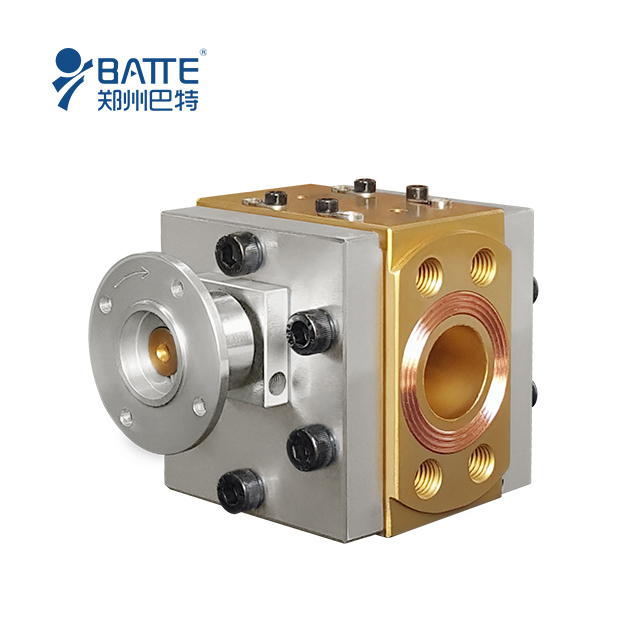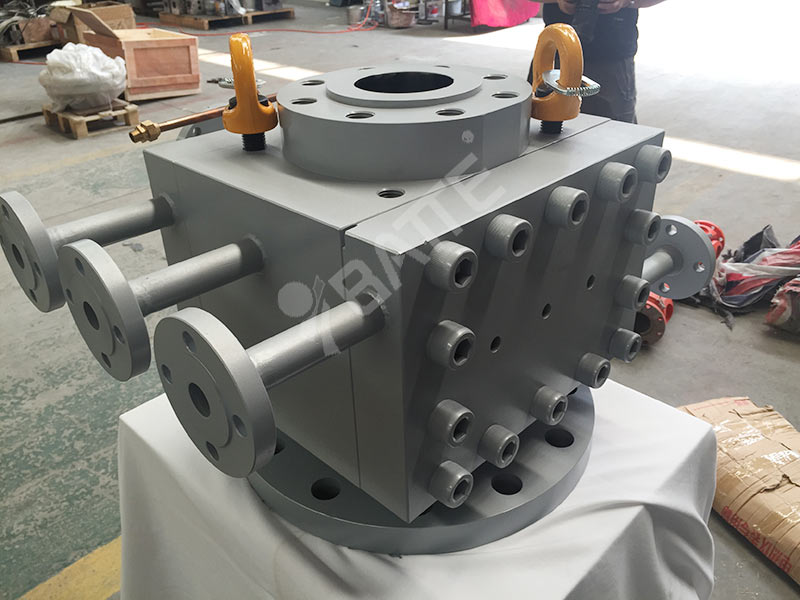
- Position:
- Batte Melt pump > NEWS >
What is the difference between a reactor melt pump and an extruder melt pump?
The melt pumps for reactors and extruders exhibit notable differences in multiple aspects, primarily in their application scenarios, installation locations, functional characteristics, and working principles.
I. Application Scenarios and Installation Locations
Melt Pump for Reactors: Specifically suited for high-pressure, high-temperature, and high-viscosity polymer melt delivery in reactions, such as in the resin and chemical fiber industries. Typically installed at the bottom of the reactor, it serves as a discharge pump. Designed to handle large flow rates and with excellent self-priming capabilities, it enables polymer material transportation and pressurization under vacuum reaction conditions.
Melt Pump for Extruders: Widely used in the extrusion molding processes of plastics, resins, rubbers, and chemical fiber products, including granulation, film, tubing, sheet, plate, artificial fibers, optical fibers, medical plastic tubing, etc. Commonly installed between the extruder outlet and die head, it functions as a melt metering pump to ensure stable melt flow rate and pressure during the extrusion process.
II. Functional Characteristics
Melt Pump for Reactors:
Large inlet design facilitates high-flow feeding from the reactor bottom.
Excellent self-priming performance, suitable for material transportation under vacuum reaction conditions.
High output pressure meets the transportation requirements of high-temperature, high-viscosity polymer melts.
Melt Pump for Extruders:
Precise flow metering capability ensures stable melt flow during extrusion molding.
Remarkable pressure boosting and isolation effects, effectively blocking pressure fluctuations in the feed area from affecting the discharge area.
Widely applicable in various extrusion molding processes, enhancing production efficiency and product quality.
III. Working Principles
Commonalities: Both pumps are driven by a motor, reducer, and universal coupling, classified as positive displacement gear pumps. Pump output flow can be adjusted by varying the pump speed, with variable frequency drive recommended for near-linear flow output. In operation, both rely on the varying working volume created by the meshing of the driving and driven gears to transport the melt. Specifically, as the gears rotate in the prescribed direction, the melt enters the tooth spaces of the two gears in the feed area. As the gears continue to rotate, the melt is carried into the delivery area from both sides. The re-meshing of the gears squeezes the melt out of the tooth spaces in the delivery area and pushes it into the outlet pipe.
Differences: Although the working principles are similar, the melt pump for extruders exhibits more significant pressure boosting and isolation effects, better meeting the specific needs of the extrusion molding process.
In summary, the melt pumps for reactors and extruders differ significantly in their application scenarios, installation locations, functional characteristics, and working principles, enabling them to play crucial roles in various industrial fields.
Email: info@battemachinery.com
WhatsApp: +86 158 38331071

Any questions about our products, please feel free to contact us! We promise you high-end products and first-class service.Look forward to our cooperation!!!
- sales@battemachinery.com
- +0086-371-67991755




